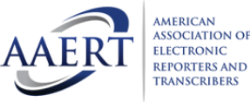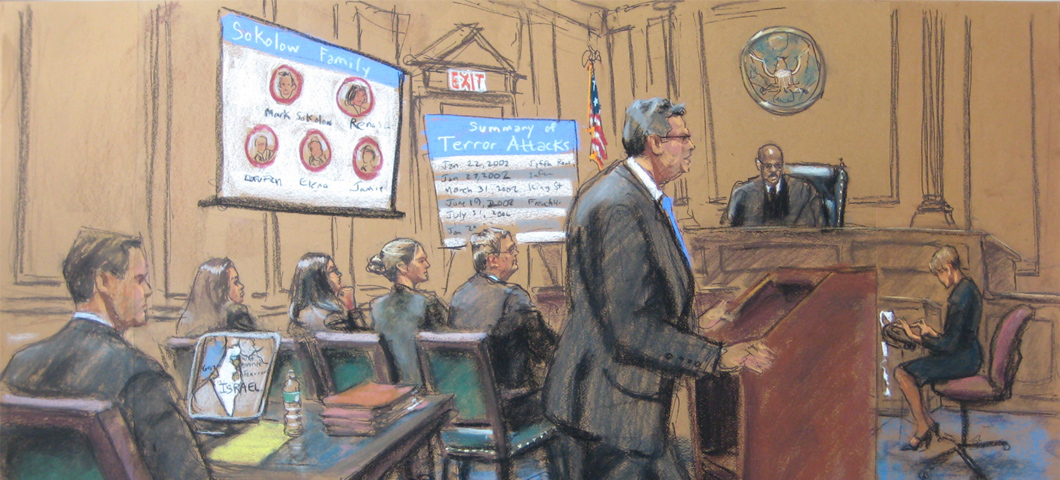High-resolution trial presentations ensure detailed document and video projections.
Key Strategies for Developing Remarkable Test Presentations That Win Cases
In the legal realm, the distinction between winning and losing often depends upon the efficiency of trial presentations. A well-crafted story not only clarifies the realities however also reverberates mentally with jurors, making complex legal concepts a lot more easily accessible. Integrating aesthetic aids better enhances this understanding, supplying a clear, unforgettable effect. The real art lies in striking an equilibrium between sensible argumentation and psychological allure, a dynamic that can emphatically sway a court's verdict. What remains to be checked out is exactly how these components interact in the heat of a courtroom fight.

Harnessing the Power of Narration in the Courtroom
Why do some test discussions reverberate even more incredibly than others? In the courtroom, effective storytelling goes beyond plain discussion of realities; it weaves these realities right into an engaging narrative that involves the jury's emotions and intellect.

Making Use Of Visual Help to Enhance Understanding
Virtually all reliable test presentations profit significantly from the strategic use of visual aids. Graphes, representations, and other visual elements can change complicated legal debates into clear, comprehensible visuals, making them extra accessible to jurors that may not have lawful expertise. By aesthetically standing for data, such as timelines of events or partnerships between celebrations, lawyers can create a explanation stronger effect and promote better comprehension.

Integrating these aesthetic elements needs mindful planning to guarantee they are legally allowable and morally presented, lining up with the total case technique you can look here and valuing courtroom policies. - trial presentations
Mastering the Art of Persuasive Communication
While visual aids considerably enhance the clarity and impact of trial presentations, equally important is the attorney's ability to involve in influential interaction. This ability pivots on the cautious articulation of disagreements and the tactical use of language to affect the court's assumption and decision-making procedure.
Moreover, grasping convincing communication includes the capacity to review and reply to the jury's non-verbal cues. Lawyers have to be adept at adjusting their distribution based upon the jury's reactions, demonstrating compassion and authority as required. This vibrant communication commonly includes a nuanced balance in between offering difficult facts and weaving them right into a meaningful, convincing argument that straightens with the read this post here jurors' sense of justice and justness, consequently directing them towards a favorable verdict.
Executing Effective Psychological Appeals
Emotional vibration is a powerful device in trial discussions, where the calculated use of sob stories can greatly influence a court's reaction. Litigators must carefully incorporate individual stories, expressive imagery, and engaging stories that associate straight to the legal debates presented - trial presentations. This strategy not only humanizes the instance but likewise makes abstract legal ideas extra easily accessible and relatable to the court
To apply reliable emotional appeals, attorneys ought to focus on credibility and significance. Recognizing the group and psychographic make-up of the court help in customizing psychological allures that reverberate ideal with the target market's worths and experiences.

Verdict
In conclusion, winning test discussions rest on the calculated mix of storytelling, visual help, and influential communication. By weaving a compelling story, releasing impactful visuals, and skillfully balancing psychological and logical appeals, attorneys can dramatically enhance juror interaction and understanding. This multifaceted strategy not only makes clear complex lawful issues however likewise cultivates a deeper connection with the court, therefore boosting the likelihood of a beneficial judgment.